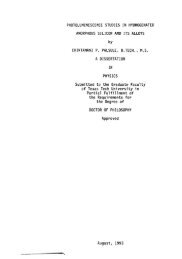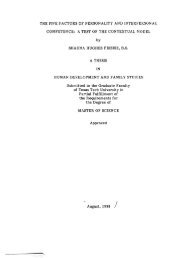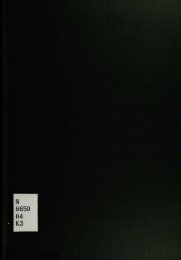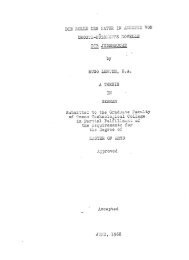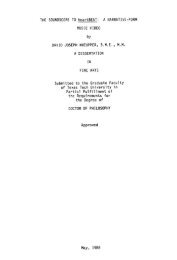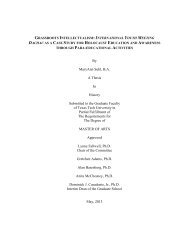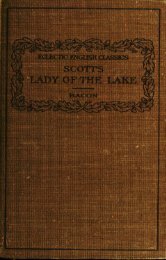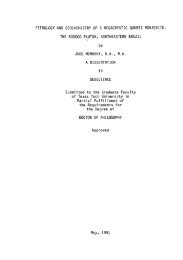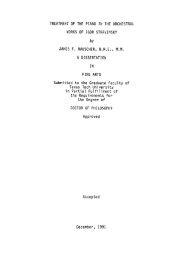Qualification of the Assembly Process of Flip-Chip BGA Packages ...
Qualification of the Assembly Process of Flip-Chip BGA Packages ...
Qualification of the Assembly Process of Flip-Chip BGA Packages ...
Create successful ePaper yourself
Turn your PDF publications into a flip-book with our unique Google optimized e-Paper software.
Texas Tech University, Nivetha Shivan, May 2012<br />
CHAPTER 7<br />
CONCLUSION AND FUTURE WORK<br />
To summarize <strong>the</strong> results, we see that DOE-1 and DOE-4 qualified from Phase I<br />
qualification <strong>of</strong> this project. TV3 which uses DOE-1 should be qualified from Phase II<br />
qualification.<br />
Having a deeper insight into this analysis, we conclude that TV- 3 should be qualified<br />
because it uses <strong>the</strong> Flux- A and UF-A with no NSM which could possibly be used for <strong>the</strong><br />
final product. The reasoning behind this conclusion comes from <strong>the</strong> analysis which was<br />
discussed previously in which we decided Flux- A could be used for FC bond step in <strong>the</strong><br />
assembly process. Since <strong>the</strong> TV3 uses Flux-A, we could use that test vehicle to go into<br />
engineering qualification as <strong>the</strong> decision for choosing <strong>the</strong> underfill material is not critical.<br />
There will also be one less process step during wafer fabrication which is <strong>the</strong> NSM step.<br />
It is good that <strong>the</strong> package is not affected by moisture due to <strong>the</strong> absence <strong>of</strong> <strong>the</strong> Nitride<br />
Seal Mask.<br />
The goal <strong>of</strong> this <strong>the</strong>sis can be claimed to be achieved as we were able to decide <strong>the</strong><br />
package materials that could be used for <strong>the</strong> next generation QDR SRAM product which<br />
has higher pin counts.<br />
We had a significant learning <strong>of</strong> <strong>the</strong> failure modes in <strong>the</strong> <strong>Flip</strong> <strong>Chip</strong> <strong>BGA</strong> packages from<br />
<strong>the</strong> failures seen in Phase I PCT-288 Hours read point. It is necessary that <strong>the</strong>se devices<br />
which failed open/shorts in Phase II should be subjected to CSAM analysis and also<br />
should undergo cross-section to validate <strong>the</strong> failures. Since we know <strong>the</strong> failures were<br />
mechanical, measures should be taken to work on <strong>the</strong> betterment <strong>of</strong> <strong>the</strong> robustness <strong>of</strong> <strong>the</strong><br />
package after 288 hours <strong>of</strong> PCT.<br />
Although, <strong>the</strong> decision made from Full <strong>Qualification</strong> seems like a logical conclusion, we<br />
still have not dealt with <strong>the</strong> o<strong>the</strong>r stress tests which form a part <strong>of</strong> overall qualification<br />
62



